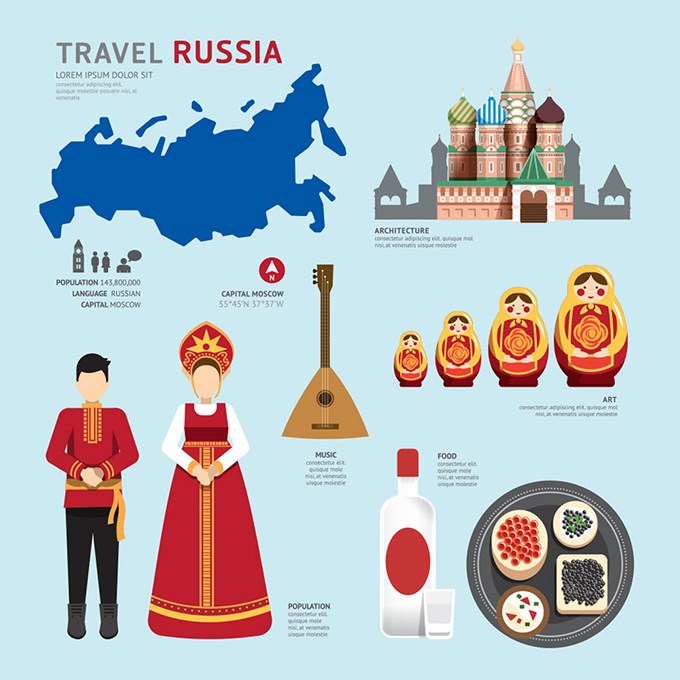Segment 16A Russia Gets Started.
16節A,俄國的崛起。
As the eminent Oxford historian Simon Franklin observes in Russia Land of the Tsars.
牛津著名歷史家西蒙·富蘭克林對沙皇統治下的俄國進行研究。
"Russia is an enormous country."
俄國是一個偉大的國家。
To those of us who grew up during the Cold War,
對于在冷戰期間成長的人們來說,
Russia is still one and the same with the Soviet Union, homeland of World Communism.
俄國和蘇聯是一樣的,就是一個世界共產主義的發源地。
To those who grew up after the fall of Soviet Union,
而對于成長在蘇聯沒落時期的人們來說,
Russia is a remote and mysterious country with superpower dreams and a 3rd world living standard.
俄國是一個遙遠而神秘的國度,有超級大國夢,但生活標準卻是第三世界的水平。
In its hay day which lasted from the 1500's until 1917 which we will study in Unit 4.
他的巔峰從16世紀一直到1917年我們將在第四單元學習到。
Ruled one sixth of the world's land mass.
統治世界上6分之一的土地。

The same is true of the Soviet Union which existed from 1917 to 1991, which we will study in Unit 5.
蘇聯也同樣如此,蘇聯1917年建立 1991年解體,我們將在第五單元學到。
Both the Russian empire and the Soviet Union became tremendously rich and powerful states.
俄羅斯帝國和蘇聯都是富有強大的國家。
Both exerted a great deal of influence in the world at large.
都在世界范圍內產生巨大的影響。
But before we study these empires, we'll need to learn about the Russian peoples themselves.
在我們研究這些帝國前,我們需要了解俄羅斯民族本身。
Not just the Russian speaking Slavs who made up the backbone of nation and determined its culture.
不只是說俄語的斯拉夫民族,盡管他們是這個國家的支柱決定了文化走向。
But the awesome diversity of peoples that lived in the lands that we call Russian.
而是居住在這片土地上的各個民族,我們稱為俄羅斯人。
In Segment 16B the people known as the Russ.
在16節B被稱為俄羅斯人。
the east Slavs of modern day Russia, Belarus and Ukraine. Come into contact with the Viking people known as the Varangians.
現在俄羅斯,白俄羅斯和烏克蘭的東斯拉夫人就和瓦蘭吉亞人即維京人有聯系。











